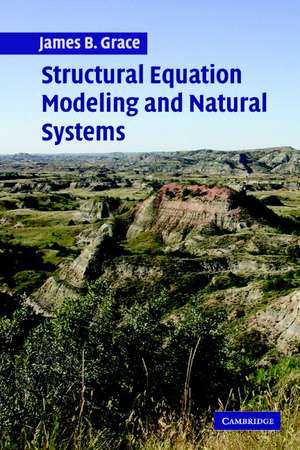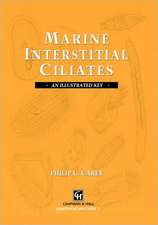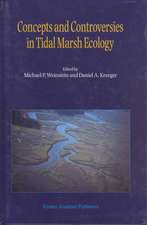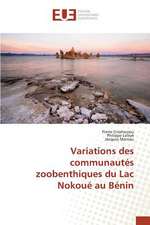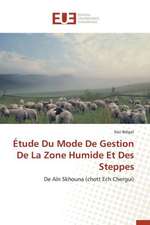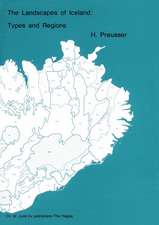Structural Equation Modeling and Natural Systems
Autor James B. Graceen Limba Engleză Paperback – 16 aug 2006
Preț: 458.86 lei
Preț vechi: 515.57 lei
-11% Nou
Puncte Express: 688
Preț estimativ în valută:
87.80€ • 91.67$ • 72.67£
87.80€ • 91.67$ • 72.67£
Carte tipărită la comandă
Livrare economică 04-18 aprilie
Preluare comenzi: 021 569.72.76
Specificații
ISBN-13: 9780521546539
ISBN-10: 0521546532
Pagini: 378
Ilustrații: 131 b/w illus. 40 tables
Dimensiuni: 150 x 226 x 23 mm
Greutate: 0.5 kg
Editura: Cambridge University Press
Colecția Cambridge University Press
Locul publicării:Cambridge, United Kingdom
ISBN-10: 0521546532
Pagini: 378
Ilustrații: 131 b/w illus. 40 tables
Dimensiuni: 150 x 226 x 23 mm
Greutate: 0.5 kg
Editura: Cambridge University Press
Colecția Cambridge University Press
Locul publicării:Cambridge, United Kingdom
Cuprins
Part I. A Beginning: 1. Introduction; 2. Illustration of structural equation modeling with observed variables: the temporal dynamics of a plant-insect interaction; Part II. Basic Principles of Structural Equation Modeling: 3. The anatomy of structural equation models I: overview and observed variable models; 4. The anatomy of structural equation models II: latent variables; 5. Principles of estimation and model assessment; Part III. Advanced Topics: 6. Composite variables and their use in representing concepts; 7. Additional techniques for complex situations; Part IV. Applications and Illustrations: 8. Model evaluation in practice; 9. Multivariate experiments; 10. The systematic application of a multivariate perspective to understanding plant diversity patterns in ecological communities; 11. Cautions and recommendations for the application of SEM; Part V. The Implications of Structural Equation Modeling for the Study of Natural Systems: 12. How can structural equation modeling contribute to the advancement of the natural sciences?; 13. Tuning in to nature's symphony: frontiers in the study of multivariate relations; Appendix I. Example analyses; References.
Recenzii
'… excellent …' Fish and Fisheries
'… well suited to its intended readership.' Biometrics
'… well suited to its intended readership.' Biometrics
Notă biografică
Descriere
This book, first published in 2006, shows that much can be learnt by viewing ecological systems from a multivariate perspective.
